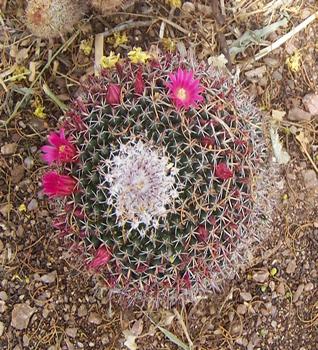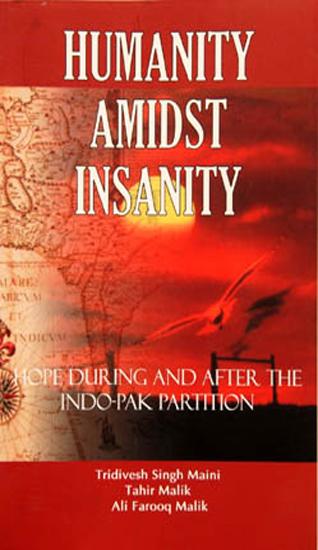Partition
Humanity Amidst Insanity: The Partition of Punjab
A Book Review by SYEDA SALEHA
HUMANITY AMIDST INSANITY: HOPE DURING & AFTER THE INDO-PAK PARTITION, by Tridivesh Singh Maini, Tahir Malik & Ali Farooq Malik. UBS Publishers, India. ISBN 978-81-7476-630-4, 186pp. Indian Rs. 295.
This book has been selected as our February BOOK OF THE MONTH.
THE REVIEW
The partition of India and Pakistan will remain a live subject as long as there is tension between the two countries which is sometimes on hype and other times at a low; at times raising the fear of a nuclear warfare while, at other times, reining in the madness and emphasising the need for lasting peace.
The book under review is an attempt to cool down the heated atmosphere and find a way for the two nations to live in peace and work for prosperity. If one were to analyze the research conducted to date, they will find that the wounds that were inflicted during the terror and mass migration are still raw and vested interests are hell-bent to reap the crop of hatred and animosity. This is a dangerous trend which will not only affect India and Pakistan, but also destabilise the whole region.
The authors of the book have therefore emphasised the need to look at the positive side of the events in order to heal the wounds. Though there were rapes, abductions and murders of hundreds of thousands of innocents, there were also numerous instances of when humanity prevailed over the insanity.People rescued their neighbours, protected the honour of women and guarded property irrespective of religion and faith. Even clerics belonging to different faiths saved the lives of many people by offering them shelter in temples and mosques.
The book includes interviews of those brave people who performed heroic feats at the risk of their own lives. The authors focus on ways to create a congenial atmosphere, look forward and promote friendly relations between the two countries. This, they say, can be done by promoting literature, films and providing media coverage to the humane side of the partition.
Another suggestion is to build a memorial-cum-museum at the Wagah border between the two halves of Punjab to commemorate the victims of the partition along with the names of the good samaritans who kept the spirit of humanity alive through their brave deeds.
Other suggestions include the opening of a peace park, visa free travel for individuals over a certain age and cultural exchanges to help encounter extremism. But the most important step would be to stop the distortion of history which requires drastic changes in the school curriculum in both countries.
The book emphasises the need to eliminate the distrust that exists between India and Pakistan and normalize relations as it is vital for peace and prosperity in the entire region. It contains a series of interviews with people from diverse backgrounds who were of various ages at the time of partition.
Twelve interviewees belong to the Indian side, out of which seven were directly affected by the riots while five are family members of those affected. Their ages vary from five to 25 years at the time of partition while two were born post-partition.
Eleven interviewees are from Pakistan, out of who eight were personally involved. Their ages too range from five years to 25 years at the time of partition while one was born post-partition.
The narratives of all these individuals from both sides of the border are illustrative of the bonds of humanity. Since the authors have focused mainly on the partition of Punjab, it provides an opportunity to understand the cultural affinity between Pakistan's Punjab province and the Indian state of Punjab.
The authors conclude that there was one thing in common between all the interviewees - their desire to witness a peaceful relationship between India and Pakistan.
The authors fully subscribe to the rational and realistic approach of Aitzaz Ahsan who once said: ‘The Indian may continue to deny the distinctness and the Pakistani may continue to repudiate the commonality, but both - commonality and distinctness are facts. What has to be understood is that the Indo-Pak divide straddles this distinctness and commonality and that we must cherish both.'
[Tridivesh Sing Maini is a senior staff
writer at the Indian Express. Tahir Malik is a senior journalist,
currently chief news editor at Waqat News Channel in Lahore and Ali
Farooq Malik is a Lahore-based journalist working with the daily Waqat.].
[Courtesy: Dawn]
February 1, 2010
Conversation about this article
1: Dipanwita Mondal (Kolkata, Bengal, India), October 15, 2011, 11:54 AM.
Very sensitive issue ... gives a taste of the real situation of the Partition of Punjab. A well told story.




